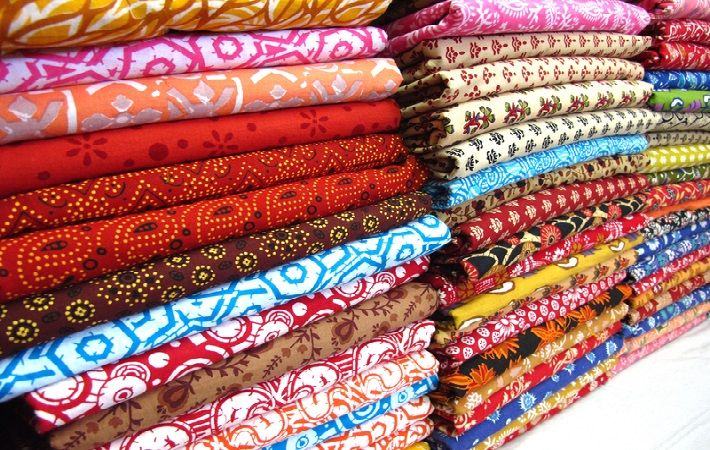
India’s exports of textiles and apparel dropped from ₹2,67,108 crore in 2018-19 to ₹2,34,094 crore in 2020-21, mainly due to the on-going global slowdown, which was aggravated due to the COVID-19 crisis. The latter resulted in large scale disruptions in supply chains and demand resulting in cancellation of orders.
Other main reason for decline is high tariffs faced by Indian exporters in key markets, such as, EU as compared to zero duty access given to competing nations like Bangladesh, Sri Lanka, Pakistan and Turkey, which affected export performance, according to a report by credit rating agency Infomerics Valuation and Rating.
Further, logistics is one of the major constraints with Indian exporters. For comparative purposes, the turnaround time (TAT) (from order to delivery) is 50 days for Bangladesh and 63 days for India, whereas, time taken to reach port is 1 day for Bangladesh and 7-10 days for India.
Additionally, the report said that the Indian technical textiles market could increase at CAGR of 7.6 per cent in Asia-Pacific to reach at $23.3 billion in 2027, up from $14 billion in 2020. With a view to boost technical textiles sector in the country, the government earlier approved the proposal for creation of National Technical Textiles Mission (NTTM) for a period of 4 years (2020-21 to 2023-24) with an outlay of ₹1480 crores.
The report added that the industry has been severely hit by the triple whammy of demonetisation, GST and COVID-19 generating both demand and supply side pressures. There are also generic factors like weakened -consumer demand or production networks, obsolete technology, inflexible labour laws, infrastructure bottlenecks, and fragmented industry.
The industry risk factors relate to the GST issue; gap in proposed outlay and amount approved; low performance and high price; and poor textile machinery performance.
In case of cotton textiles, there are several challenges like growing popularity of synthetic fibres; higher cotton production cost because of high per-acre energy costs in manufacturing and logistics, water consumption and labour shortages; price volatility in cotton industry; high competition for acreage among agricultural crops; and employment in hometowns for migrant workers and high attrition.
The focus areas suggested by the report include investment in value added services, e.g., marketing, warehouse rentals, logistics, courier, other product fulfilment costs; apparel industry-refund of input tax credit (ITC); and quicker alignment to GST regime, revised export incentives, and credit squeeze for SMEs adversely impacted exports.
Fibre2Fashion News Desk (KD)